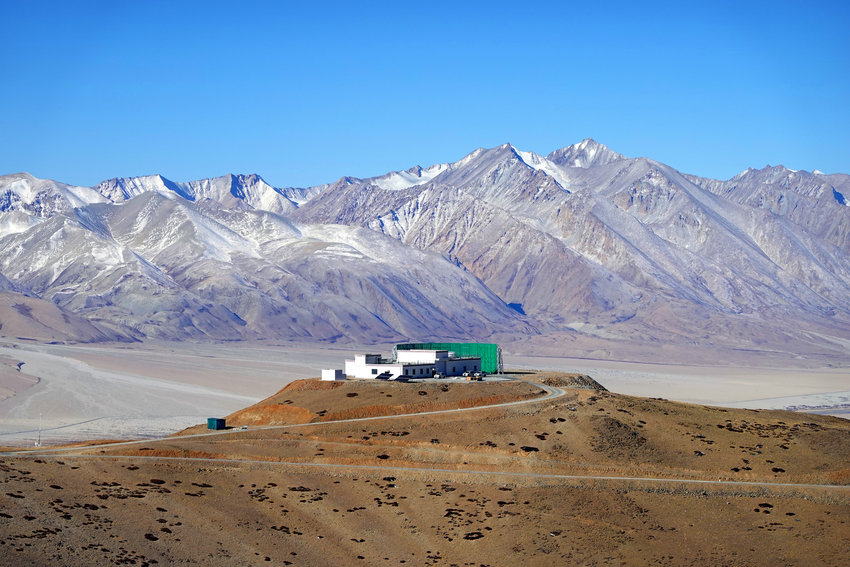A Chinese observatory 5,000 metres above sea level in Tibet investigates the origins of the universe
Scientists at the Institute for High Energy Physics (HIHP) have announced that they have obtained sharp 150 GHz images of the Moon and Jupiter, the first step in the quest for "primordial gravitational waves." This project on the "roof of the world" is part of a network with similar observatories in Chile and Antarctica that seeks to gain insights into the earliest moments of the universe as we know it.
Beijing (AsiaNews/Agencies) – Using data from an observatory located 5,250 metres above sea level on a Tibetan plateau, Chinese astronomers are making progress in their investigations into the beginnings of the universe.
Scientists at the Institute of High Energy Physics (IHEP) of the Chinese Academy of Sciences announced yesterday that their AliCPT-1 telescope captured the first clear images of the Moon and Jupiter at 150 GHz, a milestone that marks the official launch of China's hunt for so-called primordial gravitational waves, faint whispers from the dawn of time.
Born from quantum fluctuations in spacetime, these elusive signals are considered the purest ripples ever imprinted on the fabric of the cosmos.
“If we successfully detect primordial gravitational waves, we will glimpse the universe in its very first instant," said Zhang Xinmin, a researcher at the IHEP.
“At the same time, it can drive breakthroughs in cutting-edge technologies like cryogenic superconducting detectors and low-temperature readout electronics, thus propelling cosmology into an era of unprecedented precision," Zhang added.
Led by IHEP, the telescope was built over eight years by a global consortium of 16 partners, including the National Astronomical Observatories of China and Stanford University.
Located on the "roof of the world," the telescope is designed to escape atmospheric water vapour, which would drown out the whisper of primordial gravitational waves.
Only four sites on Earth are considered suitable for this type of observation: Antarctica, the Atacama Desert in Chile, the Qinghai Plateau in Tibet, and Greenland, said Liu Congzhan, a manager of the telescope experiment.
The experiment on the moon and Jupiter is just the start, said Li Hong, also a researcher at IHEP.
“As the Northern Hemisphere's first high-altitude primordial gravitational-wave observatory, the telescope fills a gap for China and, together with devices in Antarctica and Chile, completes a global, complementary network.”
01/06/2005







.png)










